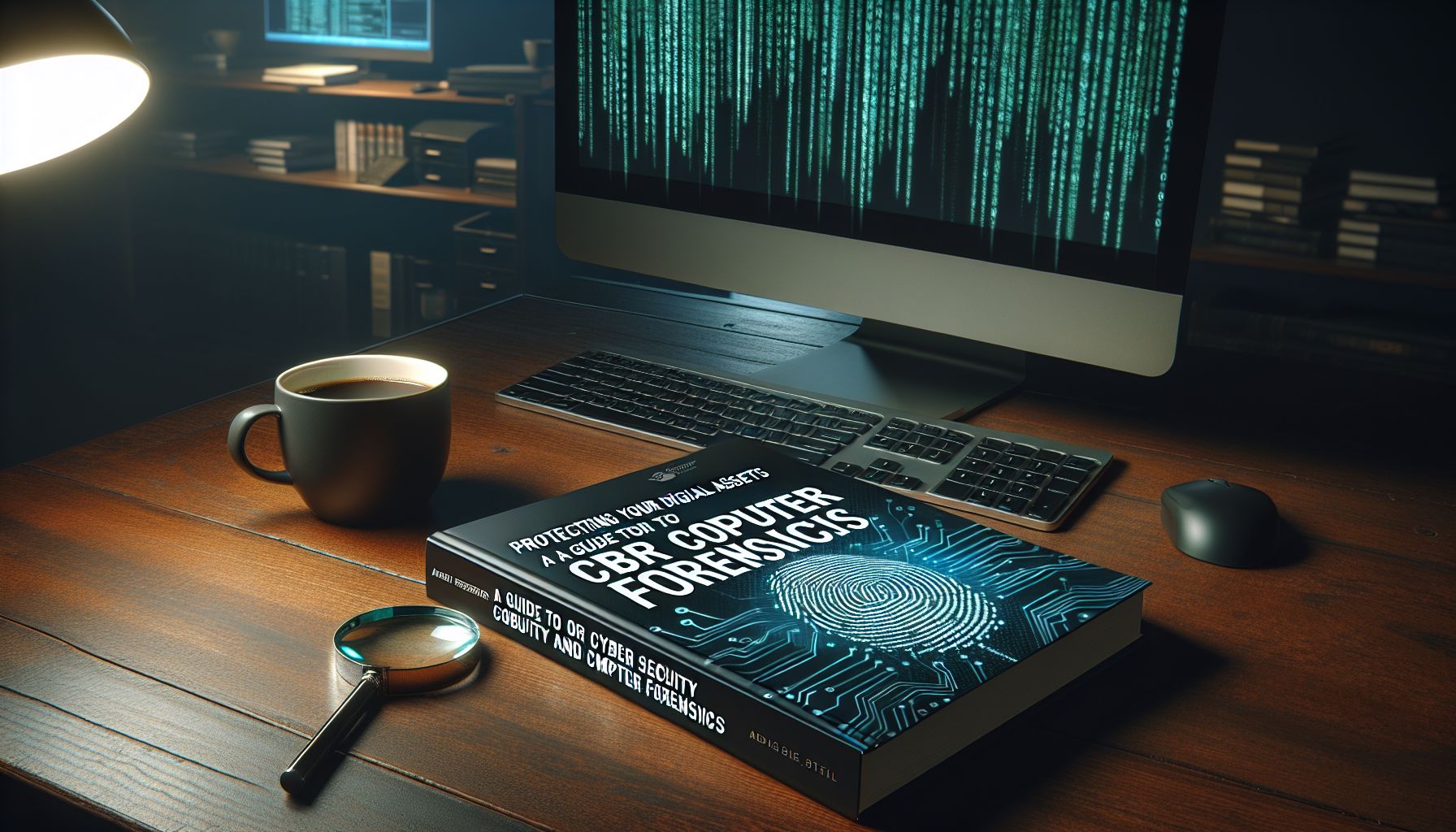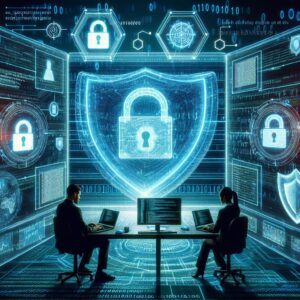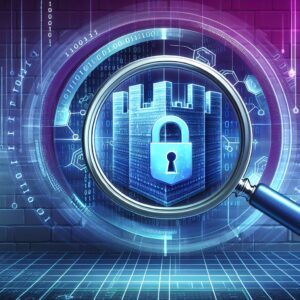Welcome, fellow tech enthusiasts, to a deep dive into the exciting world of cyber security and computer forensics! In today’s digital age, where almost every aspect of our lives is connected through technology, it’s more important than ever to protect our digital assets from cyber threats. Whether you’re a seasoned IT professional or someone just starting out in the field, understanding the fundamentals of cyber security and computer forensics is crucial for safeguarding your data and ensuring the integrity of your systems.
Understanding Cyber Security
Let’s start with the basics: what exactly is cyber security? In simple terms, cyber security refers to the practice of protecting computer systems, networks, and data from malicious attacks. These attacks can come in many forms, from viruses and malware to phishing scams and social engineering tactics. The goal of cyber security is to prevent unauthorized access to sensitive information and to ensure the confidentiality, integrity, and availability of data.
There are several key principles of cyber security that every tech professional should be familiar with:
1. Confidentiality
Confidentiality refers to the protection of sensitive information from unauthorized access. This can be achieved through encryption, access controls, and user authentication mechanisms.
2. Integrity
Integrity ensures that data remains accurate and unchanged throughout its lifecycle. Data integrity can be maintained through methods such as checksums, digital signatures, and secure backups.
3. Availability
Availability ensures that systems and data are accessible to authorized users when needed. This can be achieved through redundancy, disaster recovery planning, and proactive monitoring.
The Role of Computer Forensics
In the event of a security breach or cyber attack, computer forensics comes into play. Computer forensics is the process of gathering, preserving, analyzing, and presenting digital evidence in a legal context. This can be crucial for identifying the source of an attack, determining the extent of the damage, and ultimately holding perpetrators accountable.
There are several key steps involved in the computer forensics process:
-
Identification: The first step is to identify and secure the digital evidence, ensuring that it is preserved in a forensically sound manner.
-
Collection: Once the evidence has been identified, it must be collected using specialized tools and techniques to prevent alteration or contamination.
-
Analysis: The collected evidence is then analyzed using various forensic tools to uncover any potential clues or artifacts left behind by an attacker.
-
Presentation: Finally, the findings of the analysis are presented in a clear and concise manner, often in the form of a report or court testimony.
Best Practices for Cyber Security and Computer Forensics
Now that we’ve covered the basics, let’s discuss some best practices for implementing cyber security and computer forensics in your organization:
-
Conduct regular security assessments to identify vulnerabilities and weaknesses in your systems.
-
Implement strong access controls and user authentication mechanisms to prevent unauthorized access.
-
Keep your systems and software up to date with the latest patches and security updates.
-
Educate your employees on cyber security best practices, such as avoiding suspicious links and email attachments.
-
Have a response plan in place in the event of a security breach, including procedures for conducting a computer forensics investigation.
By following these best practices and staying informed about the latest cyber security threats and trends, you can better protect your digital assets and ensure the continued success of your organization.
In conclusion, cyber security and computer forensics are essential components of modern IT operations. By understanding the fundamentals of cyber security, implementing best practices, and being prepared to respond to potential threats, you can safeguard your data and systems against malicious attacks. So, fellow tech enthusiasts, let’s continue to explore the exciting world of cyber security and computer forensics, and work together to protect our digital assets in this ever-evolving digital landscape.




